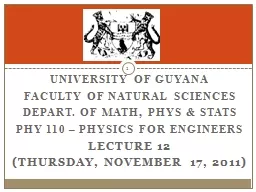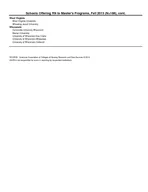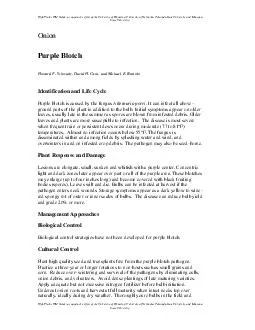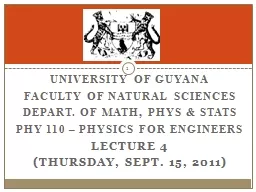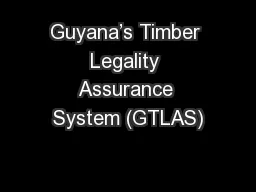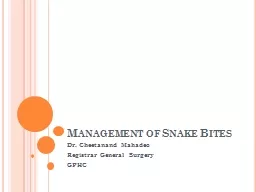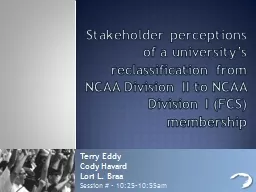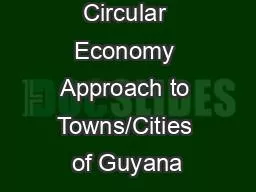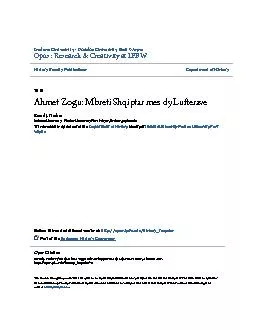PPT-University of Guyana
Author : stefany-barnette | Published Date : 2016-06-30
Faculty of Natural Sciences Depart of Math PHYs amp Stats PHY 110 Physics FOR ENGINEERS Lecture 12 THURSDAY November 17 2011 1 Lecture Notes For this information
Presentation Embed Code
Download Presentation
Download Presentation The PPT/PDF document "University of Guyana" is the property of its rightful owner. Permission is granted to download and print the materials on this website for personal, non-commercial use only, and to display it on your personal computer provided you do not modify the materials and that you retain all copyright notices contained in the materials. By downloading content from our website, you accept the terms of this agreement.
University of Guyana: Transcript
Download Rules Of Document
"University of Guyana"The content belongs to its owner. You may download and print it for personal use, without modification, and keep all copyright notices. By downloading, you agree to these terms.
Related Documents

